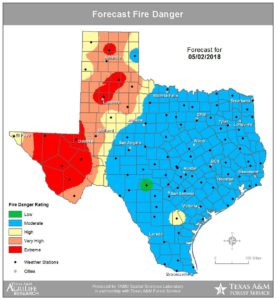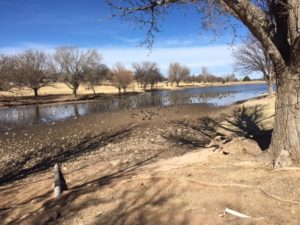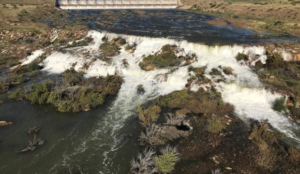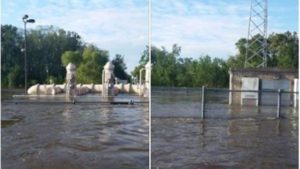Take a good, long look at this map. It comes from the Texas A&M Forest Service.
That red dot in the middle of the Panhandle surrounds Amarillo, dear reader. The red means “extreme” drought conditions. The orange around it denotes slightly less severe drought conditions.
Do you remember what we were saying in the Panhandle about a year ago? We were being deluged by heavy rain. It was pouring so much that many experts — including those at Texas A&M — were holding out hope that we could break the drought that had strangled us for far too long.
A year, as they say, is a lifetime. It’s true in politics. It’s also true as it regards our weather.
Roughly two-thirds of Texas is under a “low” drought designation. Good for them. Bad for the Panhandle as well as for the Trans-Pecos region, which you’ll notice is also shaded in the red “extreme” drought designation.
What’s the message?
We need to take great care of the water we have. We need to protect it as the treasure we all know it to be.
Oh, and since Thursday is the National Day of Prayer, it wouldn’t hurt to send a word up to the Almighty to bring us some more rain.






